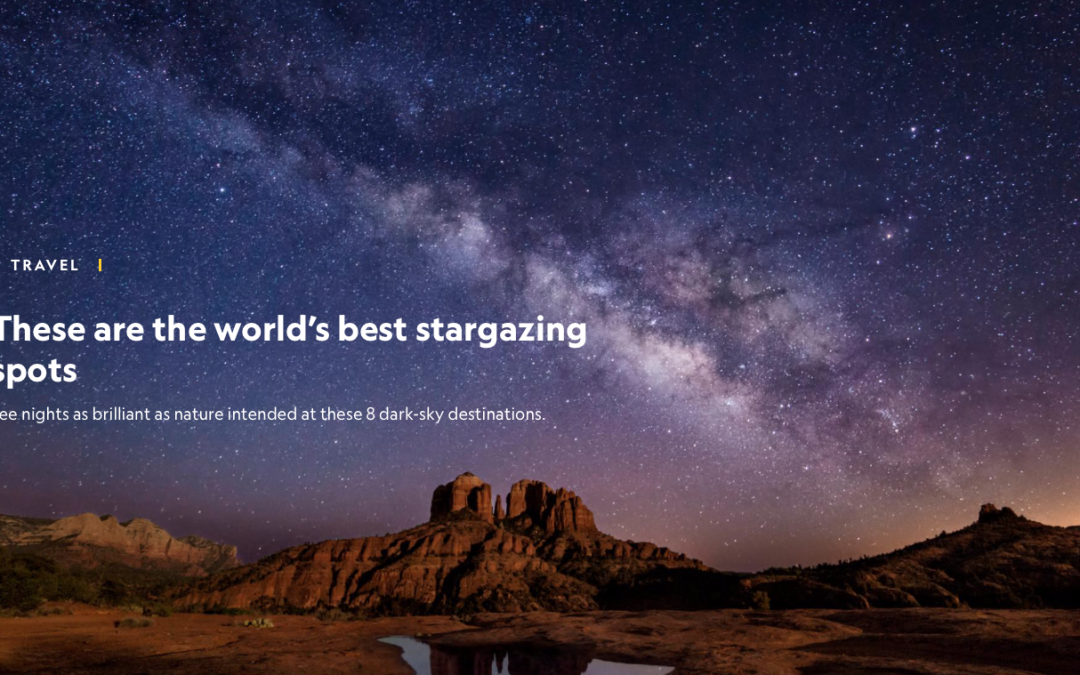FOR MANY CITY people, a clear night sky is a mythical beast. We’ve heard the legends inspired by the constellations and we know sailors used the stars to guide their way home, but urban light pollution means we can’t quite see the heavens ourselves.
Enter the International Dark-Sky Association. The U.S. nonprofit, founded in 1988, recognizes parks, reserves, and places across the world that offer the best views of the galaxy we call home. Most are open to campers or offer visitor lodging—meaning you can spend the whole night looking up at the sky’s universal beauty.
Seeing constellations so clearly grows more difficult each year, National Geographic reports. Electric lights have revolutionized our lives, but as illumination increases, the toll on wildlife and human health is becoming harder to ignore. This makes dark sky destinations all the more important—both to see and to protect.
Natural Bridges National Monument, United States
The world’s first International Dark-Sky Park, Natural Bridges lies beneath skies almost perfectly free from light pollution—labeled Class 2 on the Bortle Dark-Sky Scale, meaning the Milky Way and certain other celestial objects are visible to the naked eye.
At the Utah monument, visitors can drive and hike through stream-carved canyons—home to coyotes, mountain lions, and desert flora—and take in views of centuries-old Native-American ruins before camping overnight.
At the Utah monument, visitors can drive and hike through stream-carved canyons—home to coyotes, mountain lions, and desert flora—and take in views of centuries-old Native-American ruins before camping overnight.
Rhön Biosphere Reserve, Germany
This UNESCO-established biosphere reserve is known as the “land of endless horizons.” Its starry skies have IDA’s Silver Tier-status, with crystalline views of the Milky Way and the Andromeda galaxy.
For the darkest nights, head to the center of the reserve, where the nearly 200,000 residents use sustainable outdoor lighting at night. A nonprofit at the Rhön Star Park offers guided stargazing and night walks.
Read more from Saumya Ancheri with National Geographic here.
Read more from Saumya Ancheri with National Geographic here.

